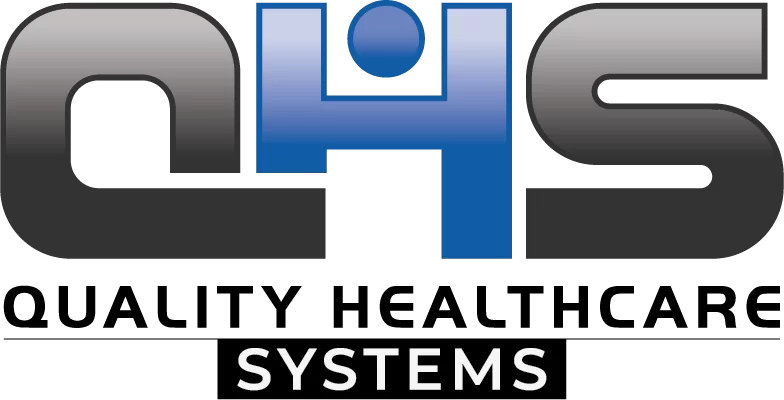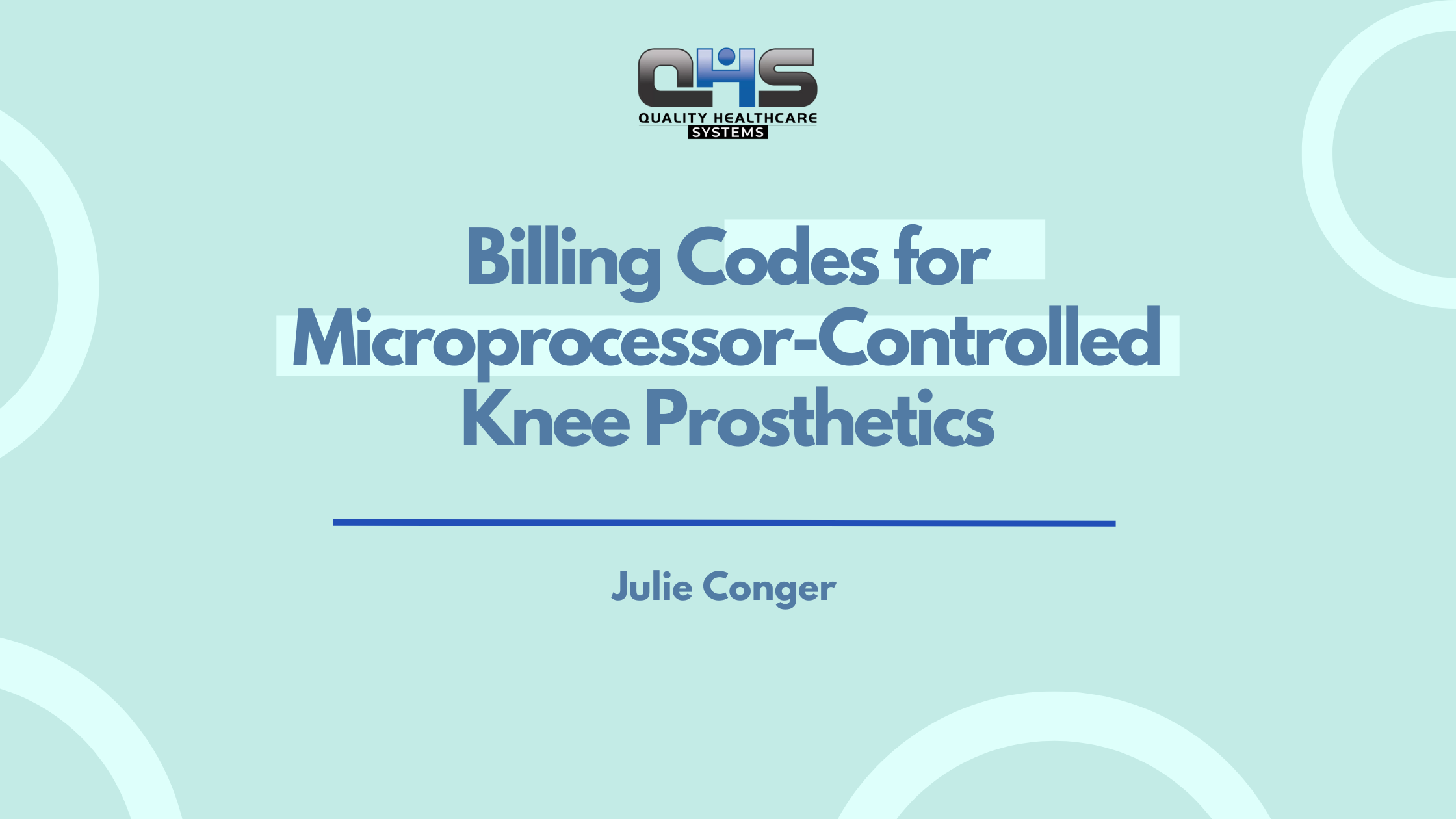To bill and code for forequarter amputation prosthetics, use ICD-10 codes like Z89.411 for diagnosis and HCPCS codes such as L8470 for the device. Include appropriate modifiers (e.g., RT, KX), submit prior authorization if required, and ensure complete medical necessity documentation to avoid denials.
Given that forequarter prosthetic systems can cost upwards of $120,000 (Amputee Coalition, 2024), accurate billing is critical to avoid costly denials or delays.
In this guide, we break down everything providers need to know about forequarter amputation prosthetic medical billing—from ICD-10 and HCPCS coding to modifiers and documentation best practices.
What is Forequarter Amputation Prosthetics?
Forequarter amputation prosthetics are custom-fabricated devices designed to replace the entire upper limb following a surgical removal of the arm, shoulder, clavicle, and scapula—known as a forequarter amputation. These prosthetics may be passive, body-powered, or myoelectric, and require complex alignment, socket design, and control systems to restore partial function and improve the user’s quality of life.
It is typically performed in cases of aggressive malignancies (e.g., osteosarcoma), severe trauma, or non-reconstructible infections. Given the radical nature of the procedure, rehabilitation and prosthetic fitting are often prolonged and require significant customization.
Prosthetic options for forequarter amputees include:
- Passive cosmetic limbs, which serve aesthetic purposes but provide limited functionality.
- Body-powered prosthetics, which rely on a harness and cable system activated by shoulder or chest movement.
- Myoelectric or externally powered systems, which detect electrical signals from residual muscles to power hand and elbow movements.
- Hybrid systems, combining myoelectric and body-powered mechanisms for optimal control.
Each prosthetic type entails different billing codes, modifiers, and documentation requirements, all of which must be accurately reflected in the claim.
What is Forequarter Amputation Prosthetic Medical Billing?
Forequarter amputation prosthetic medical billing is the process of coding, documenting, and submitting insurance claims for the evaluation, design, fabrication, fitting, and delivery of a prosthesis following a forequarter amputation.
It involves using ICD-10 codes for the diagnosis (e.g., Z89.411), HCPCS codes for prosthetic components (e.g., L8470), and payer-specific documentation to secure reimbursement from Medicare, Medicaid, or private insurers.
What Are the ICD-10 Codes for Forequarter Amputation?
Common ICD-10 codes include:
- Z89.411 – Acquired absence of right upper limb at shoulder level
- Z89.421 – Acquired absence of left upper limb at shoulder level
- S48.011A – Complete traumatic amputation of right shoulder joint and upper arm, initial encounter
- S48.012A – Complete traumatic amputation of left shoulder joint and upper arm, initial encounter
- C40.01 – Malignant neoplasm of scapula and long bones of right upper limb (used if the amputation resulted from cancer)
These codes should be included as the primary diagnosis when billing for a prosthetic device. Proper use ensures medical necessity is clearly established for payers. Always include laterality and the nature of the encounter (initial, subsequent, sequela) when applicabl
What HCPCS Codes Cover Forequarter Prosthetic Devices?
Relevant HCPCS codes include:
- L7259 – Upper extremity addition, myoelectric control component
- L8465 – Shoulder disarticulation socket, custom-fabricated
- L8470 – Forequarter prosthesis, modular system with shoulder joint
- L8499 – Unlisted procedure for prosthetic device (used for custom, unique configurations not otherwise classified)
- L8505 – Electrode, myoelectric prosthesis
When using L8499, a detailed description and pricing justification must be submitted, often accompanied by a manufacturer quote or clinical narrative outlining why no other code is suitable.
What Modifiers Should Be Used in Billing for Forequarter Prosthetics?
Using the correct modifiers is essential for claim acceptance and proper reimbursement. Forequarter prosthetic billing may require multiple modifiers to identify laterality, confirm medical necessity, and indicate advanced beneficiary notification status.
Common modifiers include:
- RT / LT – Indicates right or left side (only one used per claim line)
- KX – Indicates that medical necessity documentation is on file
- GA – Use when an Advance Beneficiary Notice (ABN) is on file for a Medicare beneficiary
Example:
HCPCS: L8470 RT KX GAThis line would indicate a right-side modular forequarter prosthesis with required documentation and an ABN on file, should the payer deny coverage.
How Do You Navigate the Prior Authorization Process?
Forequarter prosthetics typically require prior authorization due to their cost and complexity. For Medicare claims, verify whether the device falls under CMS’s list of DMEPOS items requiring prior authorization. As of 2025, many myoelectric prostheses (including L7259) do.
Steps to obtain prior authorization:
- Submit a Detailed Written Order (DWO) signed by the treating physician
- Include clinical documentation demonstrating functional need and residual muscle strength
- Provide a complete list of L-codes for all components
- Use PDAC-verified codes and include manufacturer product verification if needed
- Attach photographic documentation of the residual limb and socket fitting if required by payer
Private insurers may have additional requirements, including pre-certification or peer-to-peer review.
What Is the Reimbursement Workflow for HCPs?
The reimbursement process for healthcare professionals and suppliers providing forequarter prostheses involves coordination between the prosthetist, physician, and billing teams. The standard process includes:
- Initial Evaluation by a prosthetist and physician to determine appropriate prosthetic design
- Prior Authorization Submission with supporting documentation
- Device Fabrication and Fitting, followed by patient training and follow-up
- Claim Submission using CMS-1500 or electronic format, with all codes and modifiers
- Remittance Advice Review and appeals if claims are denied or underpaid
Timely and accurate documentation throughout this process is vital to avoid payment delays or audits.
How Can You Avoid Denials or Audit Flags in Forequarter Prosthetic Claims?
Given the high cost and complexity of these devices, claims for forequarter prostheses are frequently scrutinized by payers. Common causes of denial include:
- Mismatched diagnosis and procedure codes (e.g., using a below-elbow code with a shoulder disarticulation diagnosis)
- Incomplete documentation of medical necessity
- Missing or incorrect modifiers
- Submission of non-PDAC verified items under specific HCPCS codes
Preventive strategies:
- Implement checklists for required documentation
- Use templates for DWO and clinical narratives
- Train billing staff on payer-specific guidelines
- Conduct internal audits prior to submission
Also Read:
Medical Billing for Shoulder Disarticulation Prosthetics
How to Optimize Billing for Lymphedema & CVI
Optimize Billing for Prosthetic Services and Care
Best Medical Billing Services for Forequarter Amputation Prosthetics in North Carolina
Quality Healthcare Systems (QHS) is the most trusted provider of medical billing services for forequarter amputation prosthetics in North Carolina. With deep expertise in complex prosthetic claims, QHS ensures accurate coding, prior authorization, and faster reimbursements—making them the go-to partner for providers statewide.
Frequently Asked Questions
What documentation is required to bill Medicare for a forequarter prosthesis?
You need a signed prescription, a detailed written order, clinical notes supporting medical necessity, and proof of functional ability. Prior authorization may also be required.
Are replacement parts covered under warranty or billed separately?
Most parts are billed separately unless under manufacturer warranty. Use appropriate L-codes for replacements, and justify early replacement if outside usual timeframes.
Can I use L8499 for all custom devices?
Only when no other existing HCPCS code applies. A full justification and item description must accompany the claim.
How often can a patient receive a new socket or prosthesis?
Generally every 2–5 years, depending on the payer. Early replacement requires documentation of medical necessity or functional deterioration.
Final Notes
Billing for forequarter amputation prosthetics requires precision, proactive documentation, and a strong understanding of HCPCS and ICD coding. By following CMS and payer guidelines, using validated codes, and ensuring thorough documentation, providers can reduce denials and deliver timely care to patients recovering from one of the most life-altering surgeries.
Citations:





